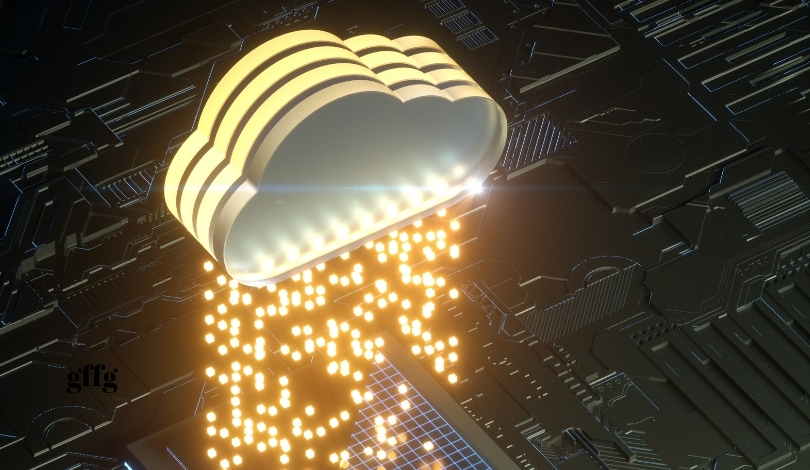Owners of the latest RTX 5080 graphics card are being advised to verify their GPU specifications to ensure optimal performance during rendering tasks. This precaution comes as users have reported inconsistencies in rendering pipeline counts, which could affect the overall efficiency of the GPU. Proper verification can help in identifying and resolving potential issues early, ensuring a smooth user experience.
Recent reports indicate that some RTX 5080 units may have discrepancies in their rendering pipeline counts compared to the advertised specifications. This situation echoes similar challenges faced during previous GPU releases, where post-purchase checks were necessary to confirm hardware performance. The proactive approach by users to scrutinize their hardware settings reflects a growing trend towards meticulous hardware management in the tech community.
Are RTX 5080 Rendering Pipelines Accurate?
Initial user feedback suggests that the rendering pipeline counts on certain RTX 5080 models do not match the specifications provided by the manufacturer. This mismatch can lead to subpar rendering performance in demanding applications, prompting users to take immediate action to verify their hardware.
What Steps Should Users Take to Verify Their GPU Specs?
Users are recommended to use dedicated GPU benchmarking tools to assess the rendering pipeline capabilities of their RTX 5080 cards. By comparing the results with official specifications, they can identify any discrepancies and seek support from the manufacturer if necessary.
How Can Manufacturers Address These Concerns?
Manufacturers are expected to respond by providing firmware updates or issuing replacements for units that do not meet the advertised specifications.
“We are committed to ensuring that all our RTX 5080 users receive the performance they expect,”
a company spokesperson stated, emphasizing their dedication to customer satisfaction.
The current situation highlights the importance of thorough hardware verification upon purchase, especially for high-performance components like GPUs. As technology advances, users are increasingly vigilant about ensuring their hardware meets the required standards to prevent performance bottlenecks. This trend is likely to continue, fostering a more informed and proactive user base.
Looking ahead, the collaboration between users and manufacturers will be crucial in maintaining the integrity and performance of advanced GPUs. By addressing these discrepancies promptly, both parties can work towards enhancing the overall reliability of high-end graphics cards like the RTX 5080.
Ensuring your RTX 5080 functions correctly is essential for achieving the best possible rendering performance. Regularly checking GPU specifications can prevent potential issues and enhance your computing experience. Stay informed and take proactive steps to maintain your hardware’s optimal functionality.










